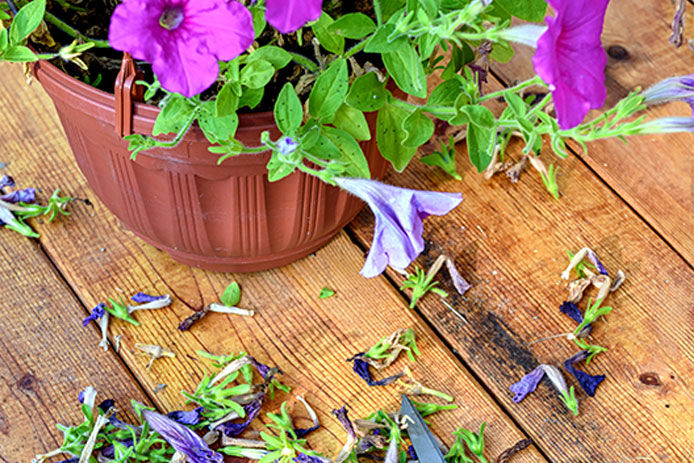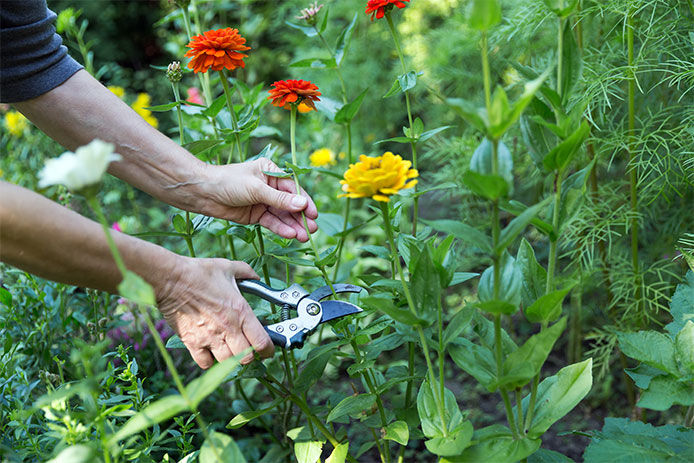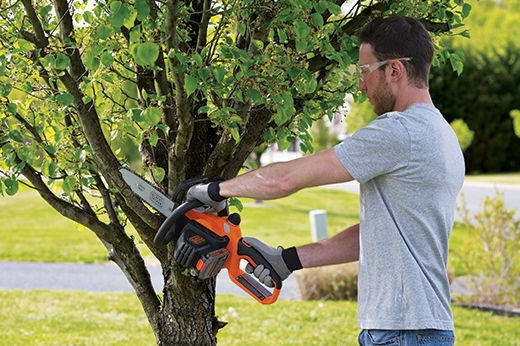While do-it-yourself projects can be fun and fulfilling, there is always a potential for personal injury or property damage. We strongly suggest that any project beyond your abilities be left to licensed professionals such as electricians, plumbers, and carpenters. Any action you take upon the information on this website is strictly at your own risk, and we assume no responsibility or liability for the contents of this article.
How to Boost Your Fall Blooms

Spring and summer flower displays are often eye-catching. The arrival of warm temperatures and reliable rain showers can lead to color throughout the early seasons. You may still find your yard losing color as summer gives way to fall, even if you plant varieties known for their fall-blooming habit. Landscaping and garden plants need a little extra help during late summer to prepare them for fall blooming that provides beauty until the first frost arrives. Boost your fall blooms by gearing up for the end of the gardening season so that you can go out with a bang.
Deadhead Summer Blossoms

The most useful trick for keeping most landscaping plants blooming into the fall is deadheading. It’s simpler than you might think. All you need to do is snip off the summer blooms as they lose their color and dry up. Most plants that bloom a second time in the fall will simply use that energy instead for making seed pods if you leave dead summer blooms in place. By trimming off summer blossoms as soon as they lose their appeal, you’re ensuring a secondary bloom of fresh flowers when the plant attempts to replace them. If you see seed pods, cut them off as well to ensure the plant receives the signal to keep blooming rather than calling it quits for the year.
Deal with Leggy Growth

Many plants that only begin blooming in late summer or fall put on impressive vertical growth over the summer. If you find your sedums or chrysanthemums are leggy by the time their buds plump up and begin opening, try staking the plants and using natural jute or hemp twine to hold them upright. Cages can also support tall and top-heavy fall plants while adding a decorative touch. If it’s still summer and the plants aren’t near blooming yet, you may be able to cut them shorter and force new growth at a shorter height. Before cutting summer growth, look carefully for developed buds, even in the earliest stages. If you trim off all the growing flower buds, the plant may not have time to replace them all by the fall. You may need to give leggy plants a trim by June or July at the latest to control their height without compromising bud development.
Fertilize Plants for Fall Blooms

Keep your plants well-watered into the fall if you expect them to put out a good showing of blooms. Aim for two to three inches of water per week for most varieties. The key to fertilizing perennial plants for good fall blooms begins in the spring. Apply a balanced 10-10-10 fertilizer to the plants when they first emerge from the ground, then another dose about one month later. The instructions for fertilizer application depend on the form it’s in. Liquid fertilizers are usually watered in with at least a gallon of water, while slow-release pellet or powder fertilizers are spread on the soil’s surface. Fertilizer can be applied at any time of the day or night unless the product you’re using has instructions to the contrary. Avoid applying more fertilizer in the summer since it tends to trigger leaf and stem growth rather than blooming. Bloom-booster fertilizers that are high in phosphorus help certain varieties of flowers that require it, but unless it’s recommended for the plants you’re growing, you likely don’t need it. If you do use a nitrogen-dominant fertilizer past the spring, consider diluting it by at least half to ensure you don’t interrupt the blooming cycle.
Plant for Fall Color

Aside from annuals like chrysanthemums, most fall-blooming plants are best planted in the spring before you plan to see them blooming. Bulbs and shrubs need at least one summer of steady watering and care to start flowering the following fall. Try popular fall-blooming perennials like rudbeckia, salvia, cyclamen, agapanthus, and fall-timed hydrangeas. If you have fallen behind in your fall flower planning, try zinnias for a quick burst of color before the frost, even if you’re starting from seed, since many varieties only need six to eight weeks of growth. Chrysanthemums are the classic fall-blooming option. Although many people buy them as short-lived annuals and only plant them in the late summer for a few weeks of color, you can grow them from seed by starting in the spring and may even enjoy perennial growth from them in some areas.
Prepare for Spring Blossoms

Before the last of fall’s flowers disappear, consider giving your spring flowers a boost. Mulch the areas well where spring bulbs like crocus, snowdrops, and jonquil will emerge. Apply a slow-release fertilizer so the roots can take in a last dose of energy before going dormant for the winter. If necessary, dig up and divide bulbs and clumping plants so they can fill in the landscape next year.
A boisterous fall display of color often includes bright foliage as well as fall-blooming plants. Consider adding some shrubs and trees that display exciting fall colors to bring out the beauty of your home landscape truly.




